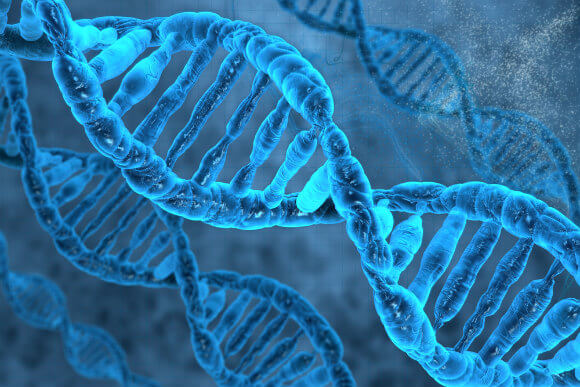It’s been a good month for miracles. And by miracles I mean our oldest miracle, that first miracle, the creation of life itself.
During these first weeks in May, two separate teams working at two separate institutions announced that when it comes to creating life from scratch, well, there are a couple of new gods in town.
Of course, if we’re talking about creating life from scratch, we most first mention the old gods, which is to say, this is when biologist Craig Venter comes into the discussion.
A few decades back, while he was working to read the human genome (i.e. the Human Genome Project), Venter also began wondering what it would take to write one. He wanted to know, “what does the minimal genome required for life look like?”
Back then, DNA synthesis technology was too crude and expensive to consider writing a minimum genome for life, but exponential advances in biotechnology obliterated these problems. Consider “synthetic biology,” which moves the work from the molecular to the digital. In syn-bio, genetic code is manipulated using the equivalent of a word processor. With the press of a button, DNA can be cut and pasted, effortlessly imported from one species into another. Single letters can be swapped in and out with precision. And once the code looks right? Just hit send. A dozen different DNA print shops can now turn these bits into biology.

In May of 2010, with the help of these new tools, Venter answered his question: creating the world’s first self-replicating, synthetic chromosome.
To pull this off, he used a computer to design a novel bacterial genome (over a million base pairs in total). Once the design was complete, the code was emailed to Blue Heron Biotechnology, who specializes in synthesizing DNA from digital blueprints. Blue Heron took Venter’s blueprint and returned a vial filled with freeze-dried strands of the DNA. Just as one might load an operating system into a computer, Venter inserted the synthetic DNA into a host bacterial cell that had been emptied of its own DNA. Soon, the cell “booted up,” that is, began generating proteins, starting to metabolize, grow, and, most importantly, divide. One cell became two, two became four, four became eight. And each new cell carried only Venter’s synthetic instructions. For all practical purposes, it was an altogether new life form, created from scratch. Venter called it “the first self-replicating species we’ve had on the planet whose parent is a computer.”
This in itself was huge news—but it was also yesterday’s news.
This month, Autodesk, the design and engineering software company, booted up a synthetic bacteriophage—aka a virus—then 3-D printed the result. What is a software design company doing in the virus business? “Well,” says Andrew Hessel, distinguished researcher, “we’re considering the possibility that you can write software for living things with bio-code (aka DNA).”
And the craziest part—Venter’s effort took five years of research, Autodesk, meanwhile, took two weeks and about $1000.
At roughly the same time this work was going on, over at Scripps Research Institute, in La Jolla, California, scientists succeeded in creating the very first organism with “alien” DNA, what the researchers involved called: “a semi-synthetic organism with an expanded genetic alphabet.”
Extreme Tech has a great description of the work:
“In normal DNA, which can be found within the genes of every organism, the twin strands of the double helix are bonded together with four bases, known as T, G, A, and C. In this new organism, the researchers added two new bases, X and Y, creating a new form of DNA that (as far as we know) has never occurred after billions of years of evolution on Earth or elsewhere in the universe. Remarkably, the semi-synthetic alien organism continued to reproduce normally, preserving the new alien DNA during reproduction.”
So what does all this mean going forward? Hard to say for sure. But one thing for certain, sooner or later, we’re going to need a new definition of the miraculous.
*For more of Steven’s work, check out his latest book, The Rise of Superman.
[Images: wikipedia; DNA courtesy of Shutterstock]




